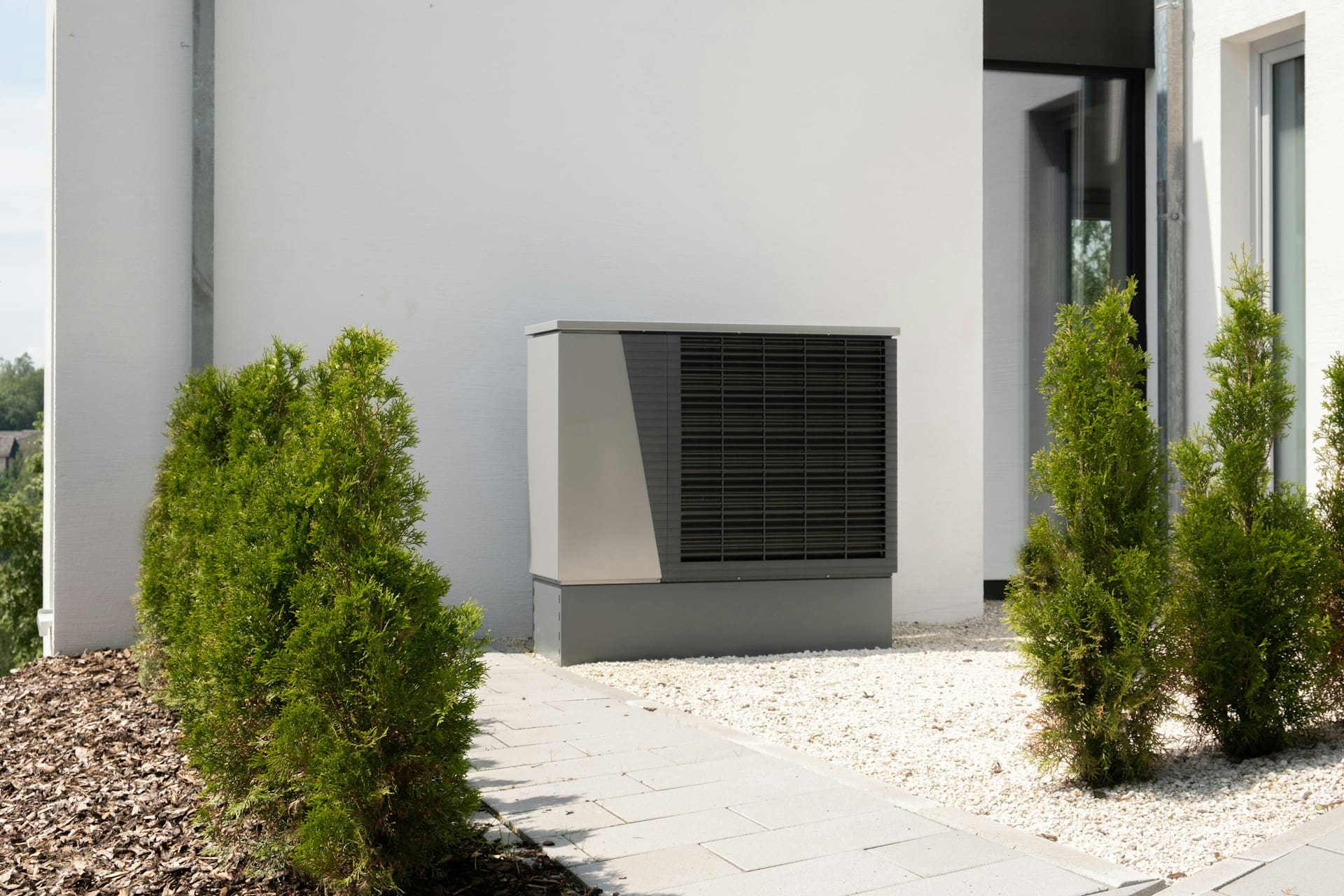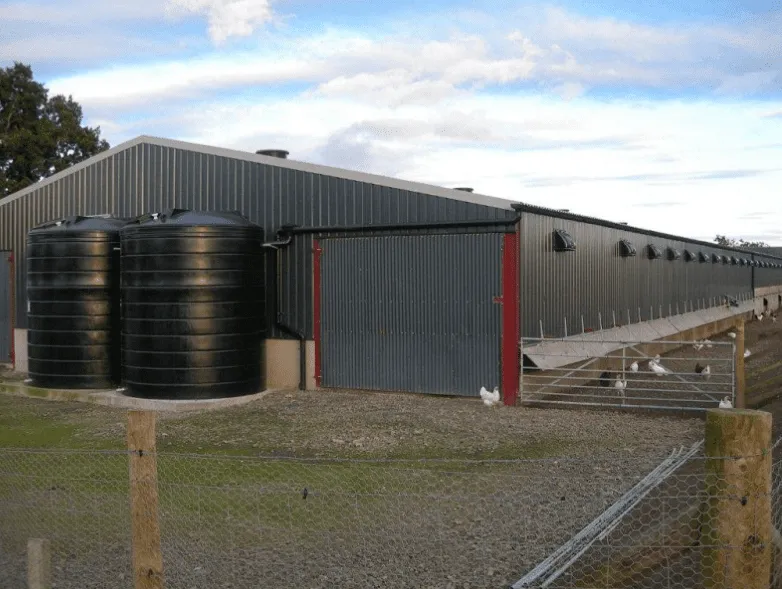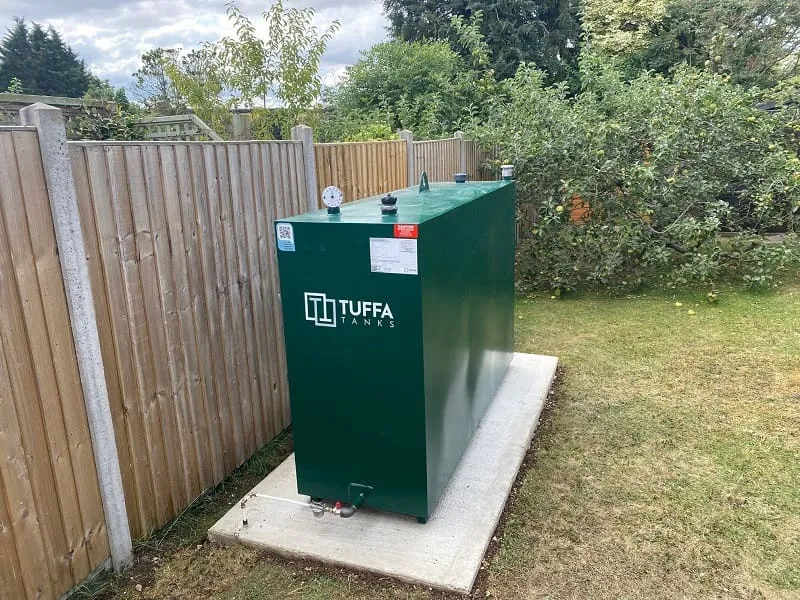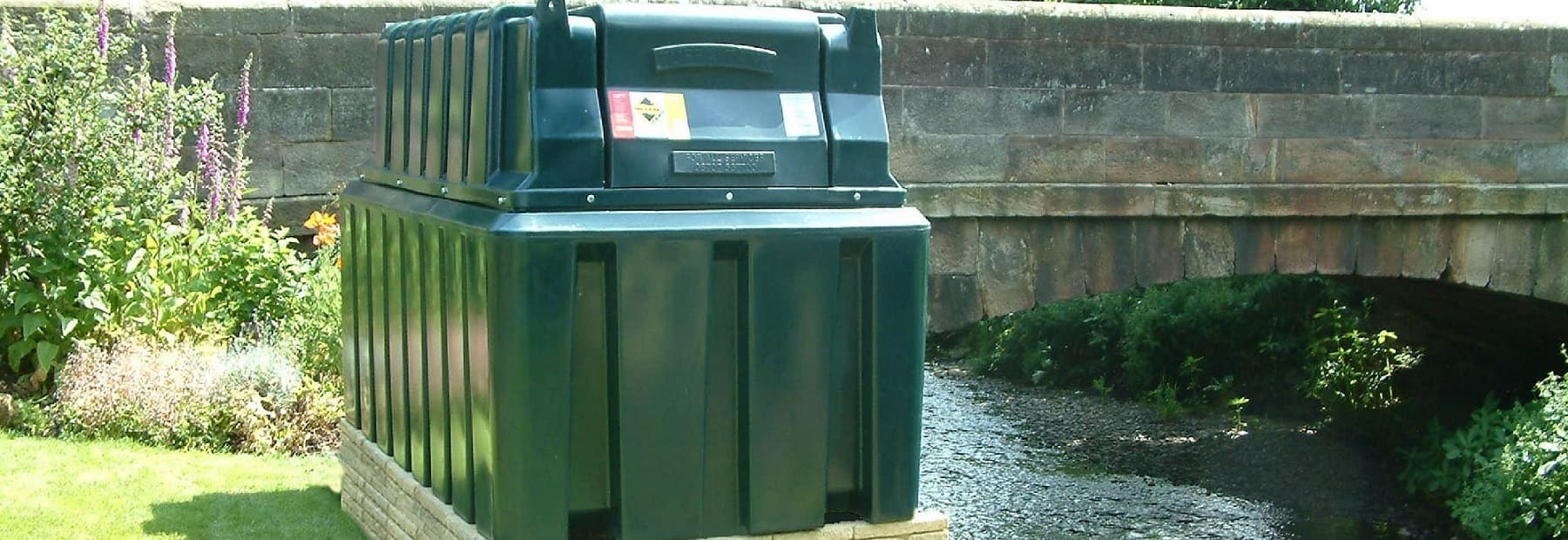When the time comes to invest in a means of storing oil, the buyer will understandably have a long list of concerns, and will be anxious to ensure that every one is met. One distinction that may not be easily made by those purchasing oil tanks for the first time may be the difference between a single skin and bunded oil tank, and in what circumstances one type of tank may be preferable to the other.
Single skin tanks are easily enough understood. Economically priced and rotationally moulded from Medium Density Polyethylene, single skin plastic oil tanks can be a solid option when the buyer needs to store home heating oil as part of an above ground solution at a single family dwelling, where it isn’t necessary to choose a bunded tank. Such tanks are routinely used for water and animal feeds, owners appreciating their light weight, ease of installation and lack of necessary maintenance. The most suitable supplier is also likely to offer a good choice of capacities and colours for such a tank.
However, no tank should be installed prior to a risk assessment by a suitably qualified engineer, who will be able to identify any conditions in which a bunded oil tank must be installed. These include if the tank’s capacity exceeds 2500 litres, as well as if the tank is within 10m of controlled water or 50m of a borehole or spring. A bunded oil tank must also be specified if the tank’s location would allow a spillage to run into an open drain or to a loose-fitting manhole cover, or if it is over hard ground or hard-surfaced ground that would lead spillage run-off to reach controlled water.
There are further conditions that may force the purchase of a bunded oil tank, such as the tank’s position making it impossible to see the vent pipe outlet from the fill point. In any situation where heating oil is being provided to a building other than a single-family dwelling, a bunded oil tank must again be installed.
For those as yet unaware, a bunded oil tank can be described as having double walls, or as a tank within a tank. While the oil is stored by the inner tank, the outer tank serves as a bund, encasing the inner tank. With the outer tank’s capacity being 110 per cent of that of the inner tank, in the event of an inner tank leakage or spillage, the outer tank captures the oil.
Such tanks – also including integrally bunded tanks where further design support and strength is provided by the attachment of the outer tank to the inner tank – have a major role to play in the prevention of groundwater pollution. Such a tank is also often vital for complying with current industry legislation, meaning infinitely less headache for those calling upon it for all manner of applications.






























